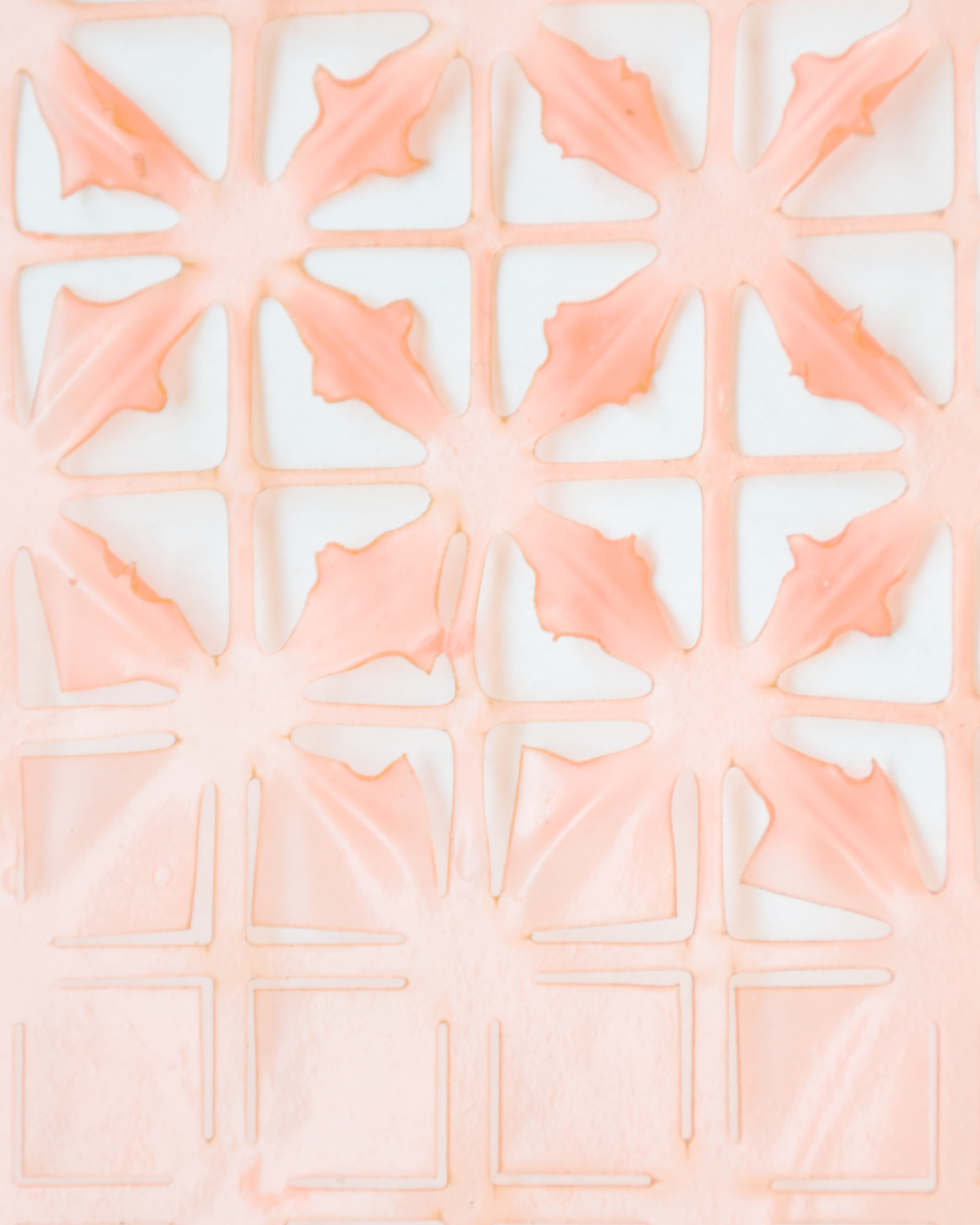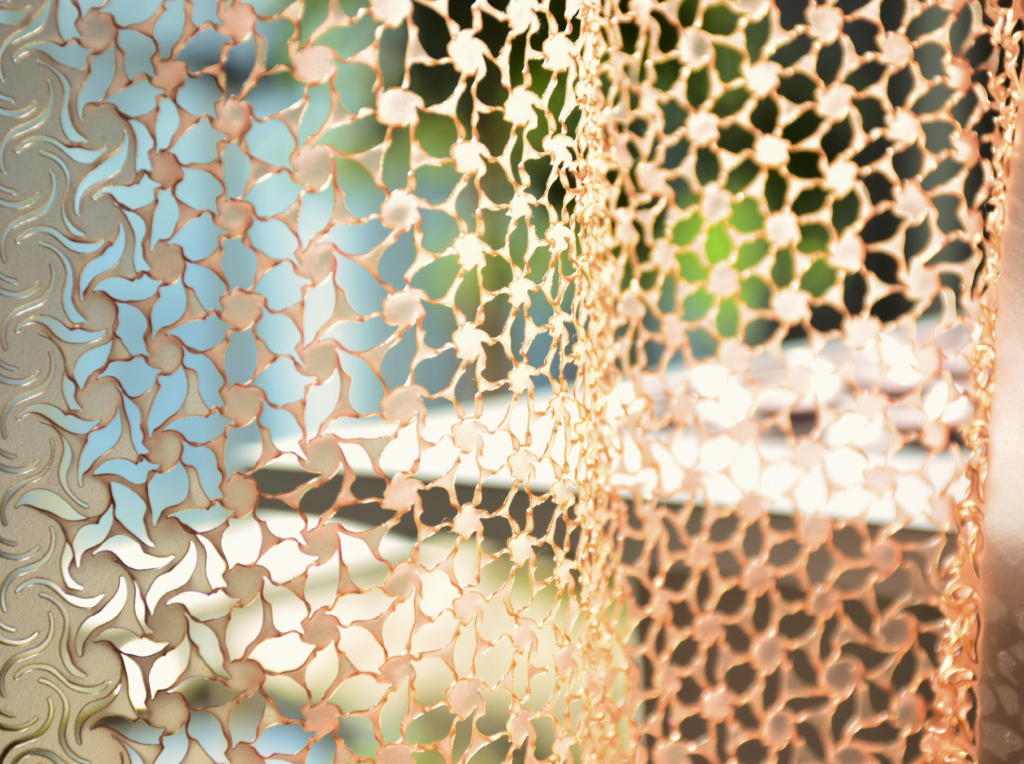Divya Srinivasan & Chia-Jung (Charon) Kuo
MDes2024
Exploring the bioaesthetics and affordances of algae-based bioplastics
Introduction
While bioplastics are often promoted as sustainable alternatives to petroleum-based materials, they are frequently framed as direct substitutes expected to mimic the behavior and performance of plastics. This narrow view obscures the true potential of bio-based materials, whose distinct affordances are rarely explored, let alone celebrated. Despite increasing interest in biodesign, most designers lack access to the knowledge, tools, and methods needed to design with these materials in ways that are both functional and expressive. This results in a missed opportunity: rather than unlocking the full range of possibilities offered by emerging biomaterials, many projects simply retrofit them into conventional workflows undermining both performance and public perception.
How might we reimagivne bioplastics as unique materials with their own affordances, not just alternatives?
What if we approached bioplastics not as replacements, but as collaborators in the design process? BioForm is a speculative design toolkit and research framework that repositions algae-based bioplastics as expressive, responsive materials with untapped creative potential. Developed by Divya Srinivasan and Chia-Jung Kuo, BioForm explores how hands-on material research can reveal the unique behaviors of agar bioplastics—such as moisture sensitivity, shape memory, buoyancy, and optical transformation—and turn these behaviors into novel affordances for design. By emphasizing process over product, BioForm provides designers and makers with accessible, open-ended methods for discovering, manipulating, and applying these emerging materials in sustainable and imaginative ways.
Final Design

BioForm is built around four core fabrication techniques that serve as both educational entry points and practical tools for sustainable material innovation:
- Laser-cut reactive patterns, which shrink and morph under heat, enabling dynamic surface manipulation and temperature-responsive design
- Screen-printed embossing, which leverages agar’s drying behavior to create tactile textures and reversible fabric tension
- Molded foams, which offer lightweight, compressible forms with potential for sound absorption, buoyancy, and tactile play
- 2.5D optical membranes, which capture surface detail and create nuanced lighting and transparency effects
Each technique was developed using a Material-Driven Design (MDD) approach, combining iterative experimentation with environmental testing and public prototyping. BioForm invites designers to embrace a new mindset: to co-create with materials by listening to their inherent properties rather than forcing them into predefined roles.
Presented as BioForm, these techniques were showcased at the 2024 TEI Student Design Competition in France, where they received international recognition for advancing the field of sustainable interaction design. The project was also publicly exhibited at MakerFaire, where visitors were invited to interact with the materials.


Full listing



